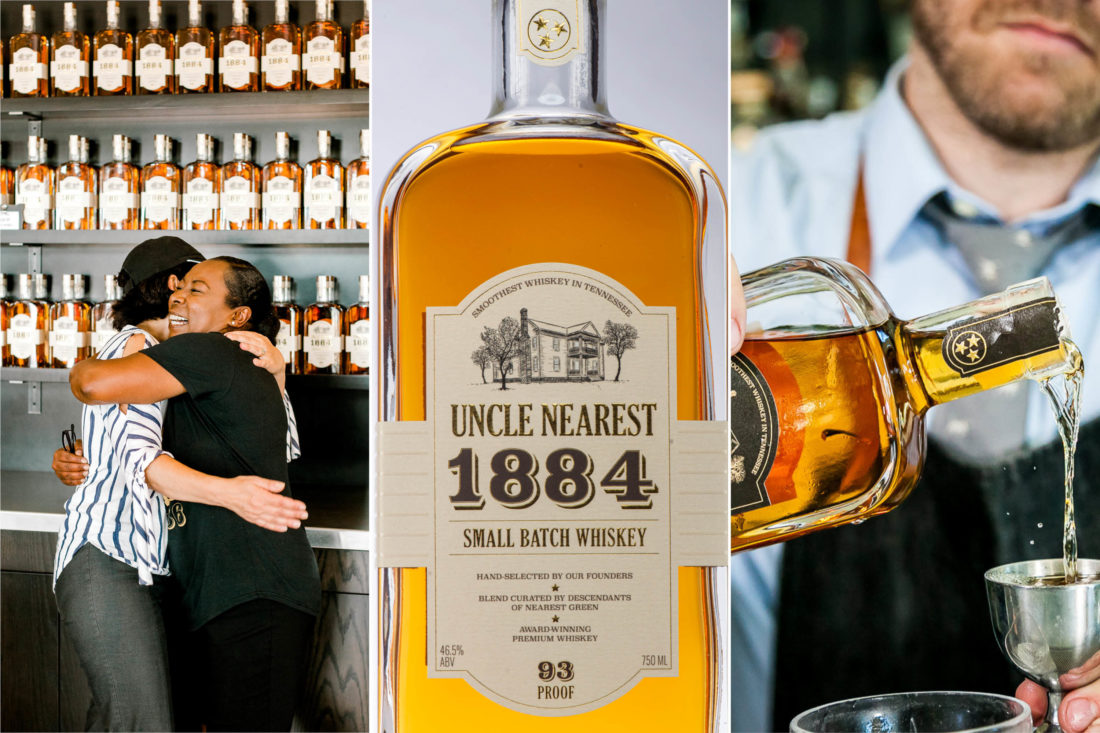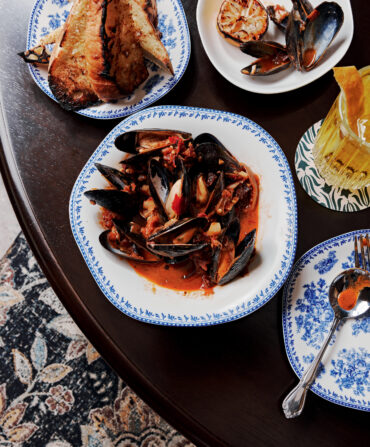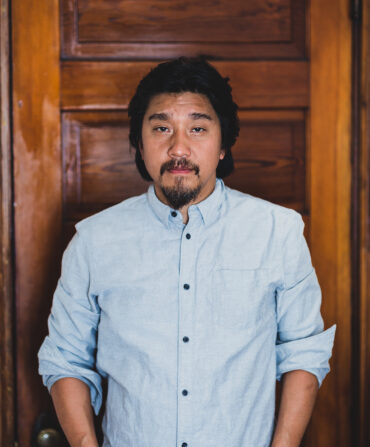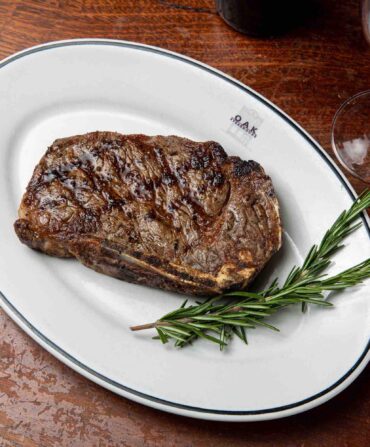Victoria Eady Butler kept her distance for nearly two years. She was approaching the end of a three-decade career as an analyst with the Regional Organized Crime Information Center in Nashville when Fawn Weaver first came to Tennessee in 2016 to interview family members about Butler’s great-great-grandfather, Nathan “Nearest” Green. Weaver had read about Green and his foundational yet nearly forgotten contributions to American whiskey in a New York Times article earlier that year. An emancipated enslaved man, Green is credited with perfecting what came to be known as the Lincoln County process of charcoal filtration distinctive to Tennessee-style whiskey and, in the mid-1800s, teaching a young orphan named Jack Daniel how to distill spirits. When Jack Daniel’s Distillery opened in 1866, Green was its first head distiller and the two remained close friends for life. And yet, while Green’s contributions were well known by his ancestors and among the local community, his story largely disappeared from the wider world, and Green never got his full due.

Photo: Courtesy of Nearest Green Distillery
Victoria Eady Butler
Butler was certainly aware of Green’s legacy. “My grandmother [Annie Bell Green Eady, a daughter of Nearest Green’s son Jessie] made sure that we were educated on that,” Butler says. “That we knew who we were and who he was and what role he played in teaching Jack Daniel what he knew.” While there are no known photographs of Nearest Green, his son George is pictured sitting side-by-side with Daniel in a group photograph. Generations of the Green family have worked at Jack Daniel’s, including Butler’s two sisters and her youngest brother, and tours of the distillery now detail Green’s role. “To my knowledge, there has never been any Jack Daniel’s whiskey made without a Green on property,” Butler says. “You can’t tell one story without the other. They go hand in hand.”
When Weaver, an entrepreneur and author from Pasadena, California, came to Lynchburg, Tennessee, with the idea for a book in the back of her mind, Butler was in no rush to meet her. As Weaver unearthed more details of Green’s story, it became clear that the best way to perpetuate his legacy was to put his name on a bottle of whiskey—with not just the endorsement, but the direct participation of the Green family. That plan has grown to become Nearest Green Distillery, maker of Uncle Nearest, the fastest-growing independent American whiskey brand in history, with distribution in fifty states and ten countries. Even after Weaver moved to Tennessee to make building Green’s legacy her life’s work and became friends with Butler’s siblings—often sharing meals together or going to see movies—Butler held back. Weaver believes it was because she was unsure of her motives. Here was a new kid on the block, Weaver, telling one of the oldest stories in the whiskey business—the Green family’s story.
“I didn’t meet Victoria until almost eighteen months after I knew all of her siblings,” Weaver says. “But once she and I spent time together and, I think, she got to know my heart and why I was doing this, she said, ‘I’ve been [working] for more than thirty years and can take retirement at any time. The moment you open up a spot, I want to help carry on my family’s legacy.’”
“It wasn’t anything personal against Fawn, necessarily, that caused me to pause,” Butler explains. “I had to really think this thing through. I met [Fawn’s] husband, Keith, and we all broke bread together and talked and ate, and I’m like ‘this woman is for real.’ She is the type of woman who is not easy to say no to,” Butler says. “Not that it’s a forceful thing. She just builds an excitement around what she’s doing and you want to be a part of it. I saw myself fitting in because Fawn didn’t have any background in whiskey, either. I thought, you know, I’m smart. I’m an intelligent woman, and if Fawn can start this and build a whiskey company, then surely, I can work in one.”
Butler joined Nearest Green earlier this year as director of administration, overseeing human resources as well as the Nearest Green Foundation, which supports a scholarship program that pays for the college education of Green’s direct descendants. Many younger descendants plan to participate or are already a part of the program, which has, until now, hindered Weaver’s efforts to recruit family members for leadership roles at the distillery. “They’re all like, ‘Listen, we’re going to be lawyers and doctors, you all can keep the distillery stuff to yourselves,’” Weaver says.
Although Butler had no prior experience in the industry, it wasn’t long before she demonstrated an innate talent for selecting and blending exceptional whiskey. Nearest Green produces three varieties of Tennessee whiskey, each named after a significant year in Green’s life: 1820, the distillery’s single-barrel product, is the year Nearest was likely born; 1856, named after the year he perfected the Lincoln County process, is the distillery’s premier aged whiskey; and 1884, believed to be the last year Green put whiskey in a barrel. Each batch of 1884 is intended to be mixed from barrels selected and blended by Green’s descendants. “That’s kind of a gamble,” Weaver says, “but it was so important to me that the family really, truly be involved.”
Butler was the first family member to create a blend. When it was released in July, her version of 1884 sold out almost immediately and won numerous awards, including two double-golds at international competitions. Her second batch is better than the first, Weaver says, and her third better still. “With each one, we’re looking at each other going, ‘Holy smokes, whiskey is in her blood,’” Weaver says. “She was literally born for this. She’s the one, in her family, who is going to carry this on and make sure we get every batch correct moving forward.”
Which makes the announcement that Weaver, Nearest Green’s co-founder and CEO, has elevated Butler, age fifty-eight, to the role of master blender that much more meaningful. It’s another in a growing list of significant “firsts” achieved by the distillery—the first woman and the first African-American to lead a major American spirit brand (Weaver) and the first with an all-female executive team; the first African-American to grace the cover of American Whiskey magazine in the publication’s twenty-year history (Weaver); and now the first-known African-American woman to serve as master blender in the modern spirits industry (Butler).
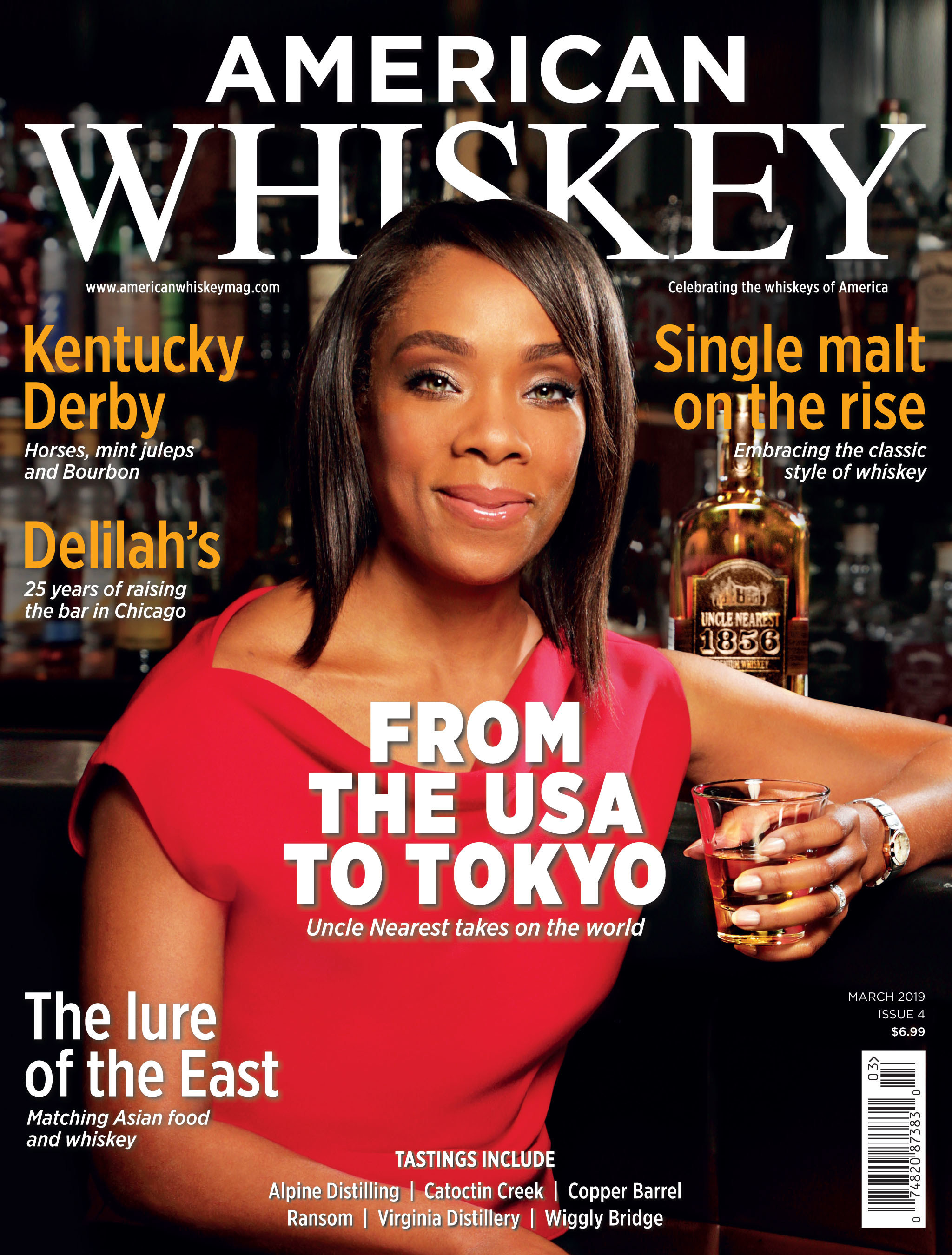
Fawn Weaver on the March 2019 cover of American Whiskey.
As master blender, Butler is in charge of selecting stocks for and blending 1884 Small Batch Whiskey, as well as the selection of all the barrels used in its 1820 single-barrel program. “She has proven very, very quickly that she has a better palate and a better understanding of how these whiskies should be blended than anybody else on our team,” Weaver says. While it’s solely Butler’s palate and her decision as to what barrels go into a final blend, she is not alone. She has a team supporting her at the distillery, and has been warmly received by others in the industry offering their expertise as she furthers her knowledge of grain-to-glass whiskey production. Butler’s role will likely only grow as Nearest Green continues to build out its $50 million distillery, heritage, and entertainment center in Shelbyville, Tennessee, which held its grand opening in September. Until now, Nearest Green has worked with two Tennessee-based contract distillers to source barrels for its products, as well as to produce new whiskey based on its process while the distillery and warehouses are being built.
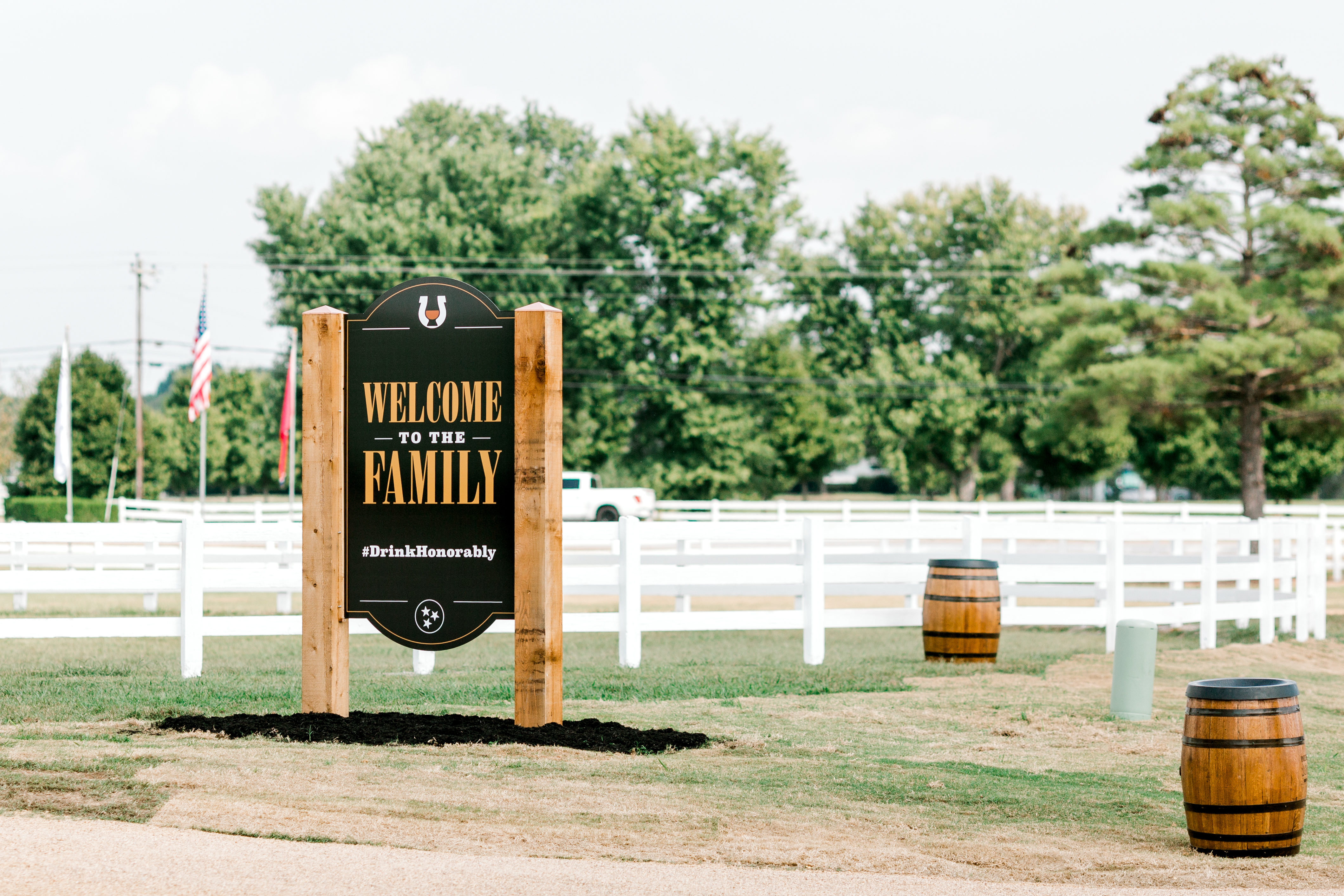
Photo: Courtesy of Nearest Green Distillery
The Nearest Green Distillery’s welcome sign.
For her part, Butler says Weaver has also more than proven her commitment to perpetuating Nearest Green’s legacy. “Now that I know who she really is … I get emotional when I talk about her,” Butler says, pausing to collect herself. “She is authentic, but I did not know that at first. And what she has done for me and my family is unbelievable. Everyone that comes in wants to meet Fawn and, oddly enough, they want to meet me. It’s a lot to take in, but this woman did that. I’m enjoying the ride and I’m excited about my role as master blender. I have come to accept that whiskey really is in my blood.”


